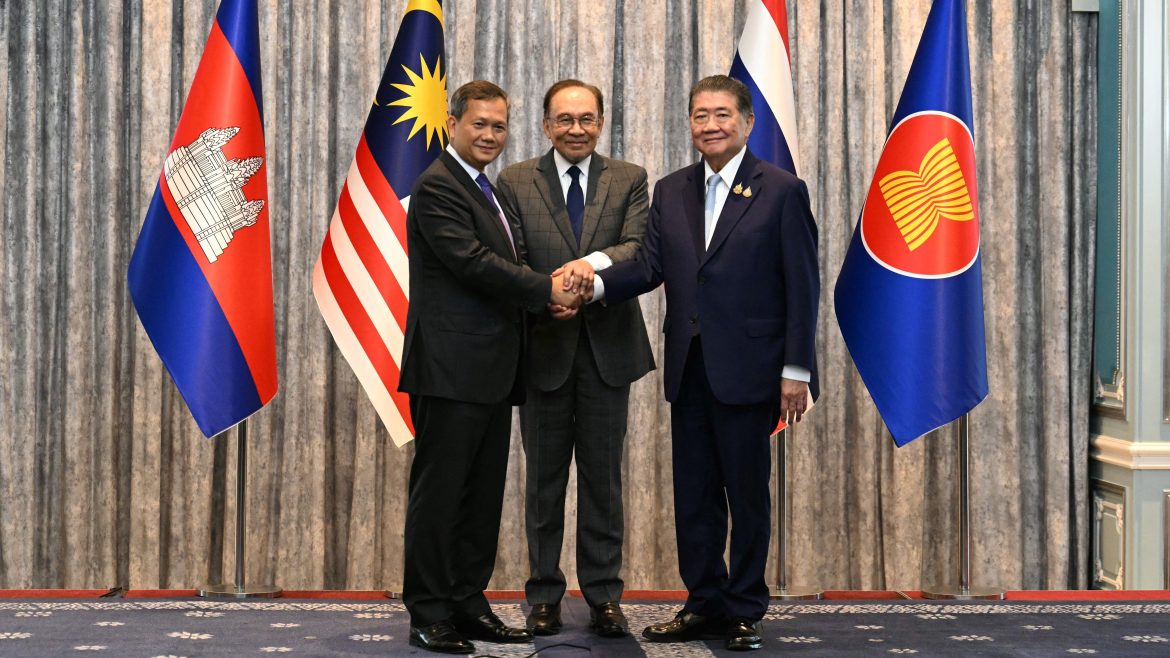The U.S. imported $1.7 billion worth of South Korean cosmetics in 2024, marking a 54% increase from the previous year, as Asian beauty products—particularly K-beauty—gain significant popularity.
However, potential tariffs on these imports threaten to impact prices and availability, raising concerns among retailers and consumers.
Asian beauty products have experienced strong demand, with South Korean cosmetics becoming staples for many American consumers. The surge in imports reflects this growing trend, but businesses now face uncertainty as tariff policies are considered.
Retailers are exploring strategies to mitigate price increases, including sourcing alternatives or absorbing some costs to maintain customer loyalty. Meanwhile, consumers remain attentive to price changes while continuing to seek affordable, quality products.
The tariffs could have broader economic implications, as the beauty industry represents a significant segment of consumer spending and influences related sectors. The U.S. government continues to evaluate trade policies, weighing the impact on various industries, including beauty products.
Officials have yet to announce specific details or timing for tariff implementation, prompting retailers and consumers to closely monitor developments.
Despite these challenges, demand for Asian beauty products, particularly from South Korea, remains strong, and the market continues to adapt to shifting trade conditions.

